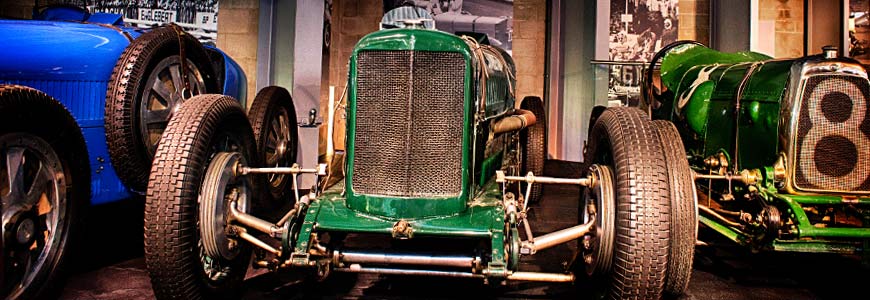
With over 280 vehicles and an enviable array of motoring artefacts from the National Motor Museum Trust Collections, the National Motor Museum at Beaulieu is a treasure trove for car lovers. Join us for a trip through British motoring history…
Car lovers could easily spend the whole day in the National Motor Museum, but don’t forget to explore all the other areas of the attraction, some of which have surprising motoring links…
NATIONAL MOTOR MUSEUM
Where else to start your day but the home of motoring history, the National Motor Museum.
Before you enter the building, take a moment to pause at the bronze statue of Edward, Lord Montagu, who founded the National Motor Museum as tribute to his father, John Douglas-Scott-Montagu.
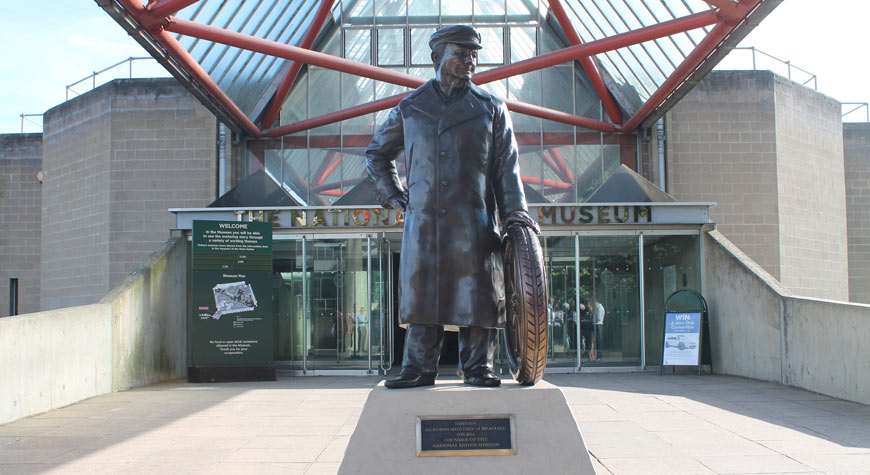
The Ages of Motoring
Once inside, the entrance hall sets the scene for your journey, with a snapshot of the ‘ages of motoring’ from the penny-farthing to modern vehicles.
From here, we recommend you turn left into Early Motoring, but there’s no set route around the museum, so feel free to hop straight to the exhibition that interests you most. Otherwise, use our suggestions to guide you through motoring history, highlighting just some of our ‘must see’ vehicles.
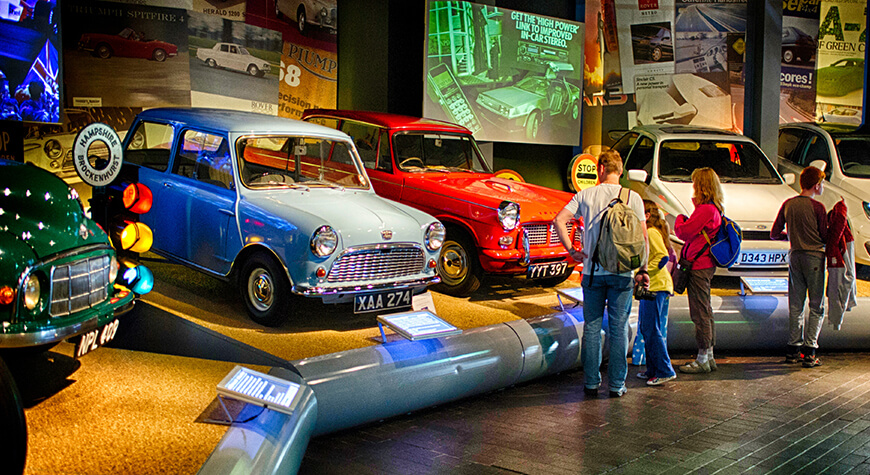
A quick note on maintenance: We aim to keep our vehicles in tip-top condition and this occasionally means we take them out of the museum for maintenance or to attend events. Sometimes we also need to move vehicles to another area of the museum. If you’d like to see something particular please check with us before you visit. If you can’t find a particular vehicle, please ask our team and they’ll be happy to point you in the right direction.
Early Motoring
Turn left into Early Motoring to see vehicles from the dawn of motoring and discover stories of the early pioneers.
Don’t miss the chance to climb aboard the 1904 Pope-Tribune…. you can even try on motoring costumes for the perfect photo opportunity! Share your snaps with us on social media – we love seeing them.
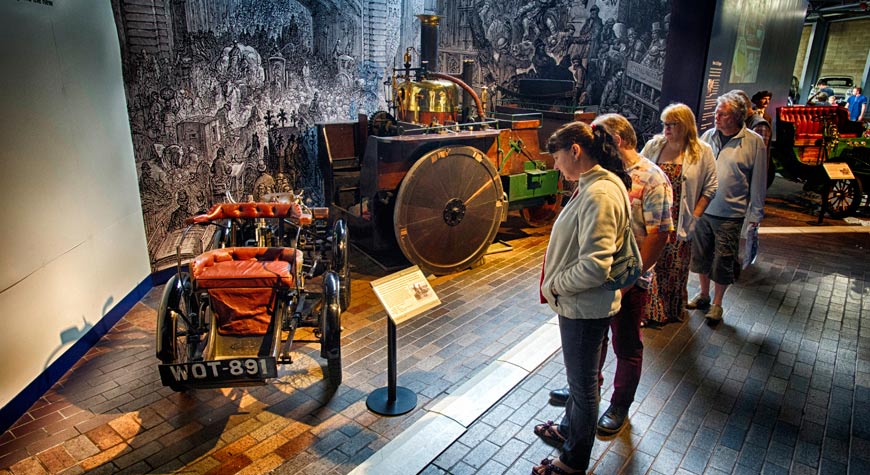
Don’t miss these must-see historic vehicles:
- 1875 Grenville Steam Carriage. The oldest vehicle in the museum, this is believed to be the oldest self-propelled passenger-carrying road vehicle still in working order. But it’s a team effort because it takes 3 people to operate!
- 1895 Knight. One of the first purpose built petrol driven vehicles to run on public roads in Britain. It’s owner, John Henry Knight, also became the first person to be charged with a motoring offence in Britain.
- 1899 Daimler 12hp. John Montagu became one of the first British drivers to compete in a European motor race when he entered the Daimler into the 1899 Paris-Ostend road race. He also drove it in the 1900 Thousand Mile Trial to help promote motoring to the British public.
- 1901 Columbia Electric. Who says electric vehicles are a new idea?! Queen Alexandra bought this one new for use in the grounds of Sandringham House.
- 1903 Mercedes 60hp. The ‘supercar’ of its day, this particular vehicle competed in the Nice speed trials in France and is one of only five 60hp Mercedes still in existence.
- 1903 De Dion Bouton 6hp. One of the original five cars that launched the Montagu Motor Museum in 1952. Early visitors could see it on display in the entrance hall of Palace House! It is a regular entrant to the annual London to Brighton run.
- 1914 Ford Model T. Widely accepted as the car that brought motoring to the masses. Contrary to popular belief they were available in colours other than black!
Grand Prix Greats
Walk across the bridge to reach Grand Prix Greats. Motor racing was born soon after the invention of the motor car and here you can follow the story from Edwardian pioneers through to 21st century F1 cars.
See trophies, photographs and unique memorabilia from the titans of the track, including race suits worn by Graham Hill, Lewis Hamilton, David Coulthard and Kimi Räikkönen as well as a display of helmets including those worn by seven F1 world champions.
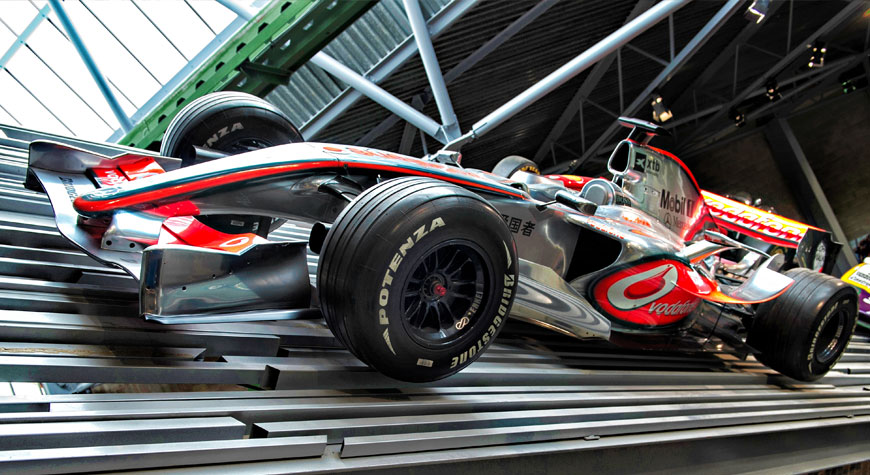
- 1903 Napier Gordon Bennet. One of the oldest British racing cars. Napiers were all painted green for the Gordon Bennet races and this then became the British racing colour.
- 1912 Sunbeam 3-Litre Coupe de’Lauto. One of five cars built by Sunbeam for the 1912 Coupe de l’Auto at Dieppe, the first of many successful international races for Sunbeam.
- 1924 Bugatti Type 35. Perhaps the most famous of all Bugatti models, the Type 35 and its derivatives dominated motor racing for much of the 1920s.
- 1950 BRM V16. Made famous during its heyday driven by motorsport aces Juan Manuel Fangio and Reg Parnell, only five examples of this pioneering British design were built. Although ultimately unsuccessful, the BRM was a stepping stone on the path to Britain’s dominance of the sport in later years.
- 1967 Lotus 49. The first car to use the legendary Ford-Cosworth DFV engine, setting new standards for Grand Prix racers.
The Motorcycle Story
Continue onward and upward to embark on a journey through motorcycling history.
See some of the earliest examples of motorcycles and follow the story of their development, including the role they played during the two World Wars, the rise of leisure motorcycles in the 50s, and the pursuit of speed and power in competitive racing.
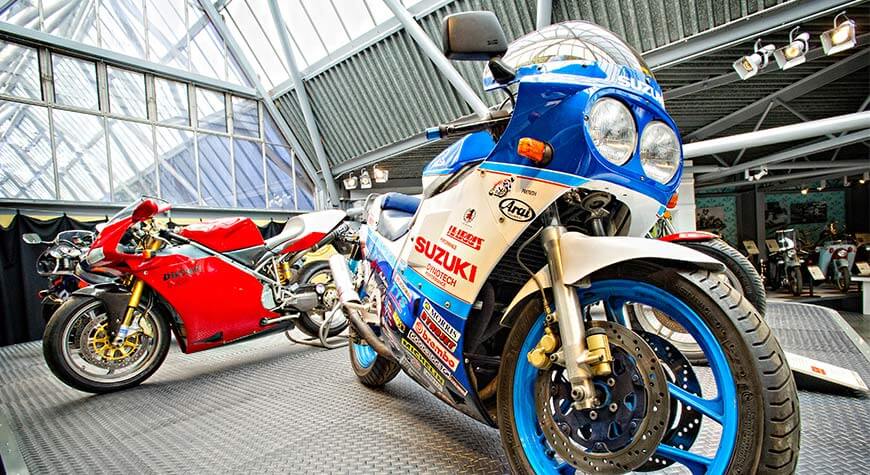
See clothing and trophies from sporting greats and take a look at the Motorcycle Icons Wall of Fame, featuring top riders voted for by the public.
- 1903 Triumph. Believed to be oldest Triumph in existence.
- 1912 Norton BS (Old Miracle). One of the most famous Norton racing motorcyles. This example was particularly associated with Daniel ‘Wizard’ O’Donovan, the first rider to exceed 80mph on a 500cc bike.
- 1919 Royal Enfield experimental 4-cylinder. Despite excellent performance, this experimental prototype was cancelled due to high production costs.
- 1928 Rudge Whitworth. Ridden to victory by Graham Walker in the 1928 Ulster Grand Prix.
- 1954 Norton prototype 250cc. An experimental high-camshaft, overhead-valve prototype.
- 1955 Vincent Black Shadow. One of the last motorcycles to carry the famous Vincent name.
- 1961 Honda RC162. Ridden to victory by Mike Hailwood in the 1961 TT, this design heralded the beginning of Japanese domination of motorcycle racing.
- 1975 Kawasaki. Mick Grant’s 1975 Isle of Man Senior TT-winning bike.
- 1979 Honda CBX 1000. Widely regarded as one of the most impressive motorcycles of all time. At the time of launch it was the fastest and most powerful road bike in the world.
Everyday Motoring
Head downstairs and enter Everyday Motoring to explore the rise of mass motoring and the development of the commercial vehicle.
After the First World War, motoring began losing its social exclusivity and the battle began to develop cars for a wider number of the population. Meanwhile, the rise of the commercial vehicle began to change the very fabric of Britain, impacting the canal and railway systems, and carrying advertising alongside goods and people!
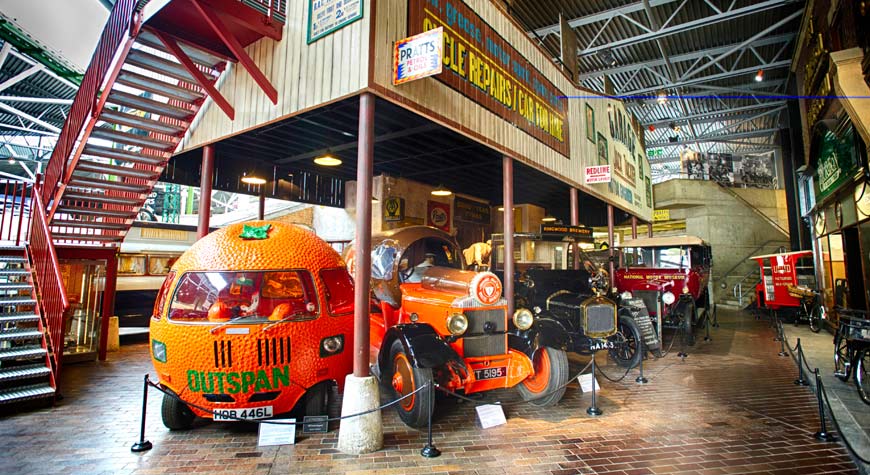
- 1923 Austin Seven. One of the most significant British cars, the mass-produced Austin cars changed the face of British motoring by combining a low price with big features.
- 1931 Morris Minor SV. A great battle developed to product the first £100 car. Morris Motors won the race with this basic car, sold without bumpers and no brightwork.
- 1935 Datsun Type 14. The first car to be mass-produced in Japan. The particular car was often thought to have been imported by Sir Herbert Austin to check on patent infringements but was actually purchased out of curiosity.
- 1924 Daimler TL30 Bottle. One of many motor vehicles to have been transformed into an unlikely body shape for advertising. This bottle car was built on a Daimler 30hp car chassis.
- 1950 AEC Regent III ‘RT’. One of London’s iconic red buses. Hop aboard to watch a video – and take a selfie!
- 1972 Mini Outspan Orange. Another unlikely shape for a car… This is one of six vehicles built to promote Outspan Oranges and at speeds over 30mph it has a tendency to roll!
Luxury Motoring
From everyday to extraordinary! Across from Everyday Motoring you’ll find some of the most luxurious cars ever built in The Luxury of Motoring. Discover the stories of the people who owned them, the chauffeurs who drove them, and the mechanics who made them.
See elegant clothing, luxurious accessories, and a dazzling collection of 28 Lalique glass car mascots.
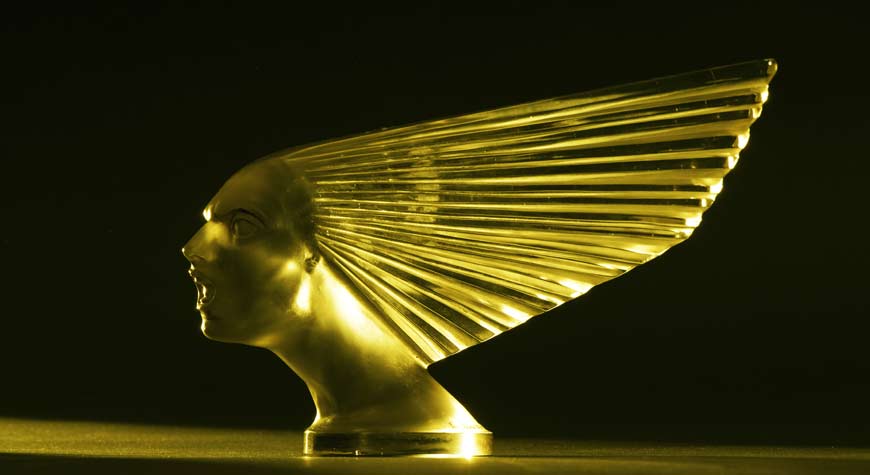
- 1909 Rolls-Royce 40/50 Silver Ghost. One of the most famous cars ever built, this was a favourite car of Edward, Lord Montagu.
- 1913 Argyll 15/30hp. An exceptionally engineered machine, with cutting-edge features such as brakes on all four wheels.
- 1933 Rolls-Royce Phantom II. Considered by many to be the best looking Rolls-Royce ever, it was the last car design overseen by Sir Henry Royce.
Road, Race and Rally
Continue round the corner to reach Road, Race & Rally.
Featuring competition cars from many different disciplines, together with historic road-going sports cars, this area honours the courage of their fearless drivers.
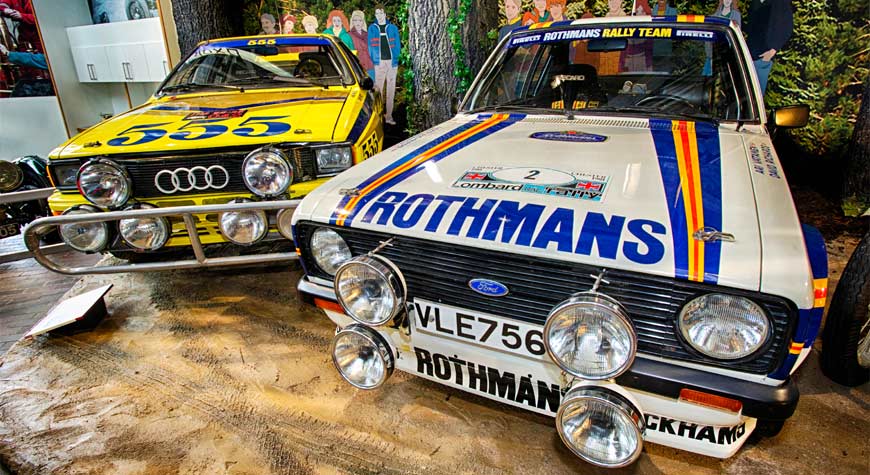
- 1981 Ford Escort RS 1800. Driven by Ari Vatanen in the 1981 RAC Rally, the year in which he won the Drivers’ Championship.
- 1961 Allard Chrysler Dragster. Britain’s first dragster. The car attracted huge interest and its popularity helped spark the establishment of the British Drag Racing Association.
- 1929 Bolster Special Bloody Mary. An amateur-built sprint special, this is perhaps the most famous and successful of its kind from the 1920s and 30s.
- 1927 Morgan Aero. The most successful manufacturer of cyclecars, Morgan introduced the sporty Aero model in 1920 and it soon became a popular choice for racing and trials.
For Britain & For The Hell Of It
British drivers, engineers, mechanics and cars have broken the World Land Speed Record more times than any other nationality.
Step into For Britain & For The Hell Of It to see their story brought to life in a moving audio-visual presentation, accompanied by memorabilia, trophies and personal items belonging to the drivers.
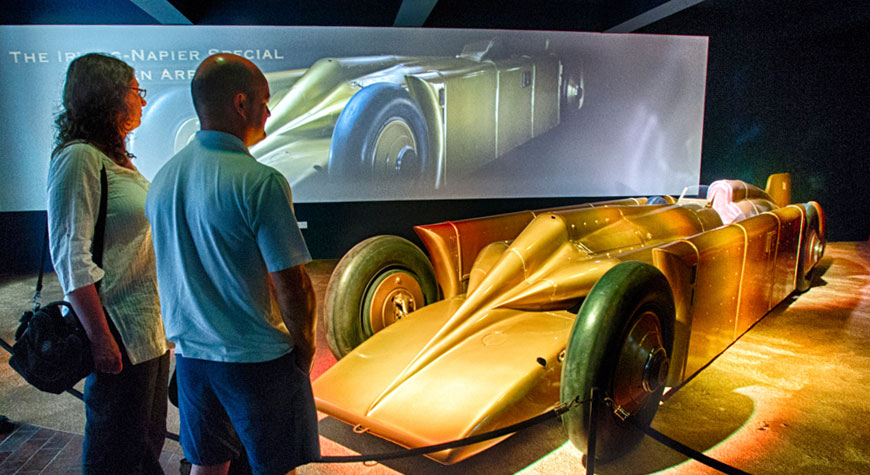
- 350hp Sunbeam ‘Blue Bird’. Held the Land Speed Record on three occasions. Kenelm Lee Guinness took the record in 1922 and Malcolm Campbell flew through the record twice, once in 1924 and then again in 1925 when he broke the 150mph barrier at Pendine Sands.
- 1000hp Sunbeam. Designed and built solely to break the 200mph barrier. At the wheel, sandwiched between the front and rear engines, Major Henry Segrave cruised through 200mph and became the first person ever to travel at that speed on land.
- ‘Golden Arrow’. In 1929 the iconic blend of style and engineering in the Golden Arrow, with its distinctive engine shape, paved the way for two decades of unbroken British success. With Segrave again in the driving seat it shot to 231.446mph.
- Bluebird CN7. The first car to officially set a Land Speed Record in excess of 400mph and the last to be wheel driven. A first record attempt met with disaster but with Bluebird rebuilt and a tailfin added, Donald Campbell was propelled to victory (and 403.10mph) on 17 July 1964.
Specialist Interest Booths
On either side of the central staircase, you’ll find a number of smaller displays focusing on a specific area of motoring history.
Pick and choose depending on your interests, or visit all of them!
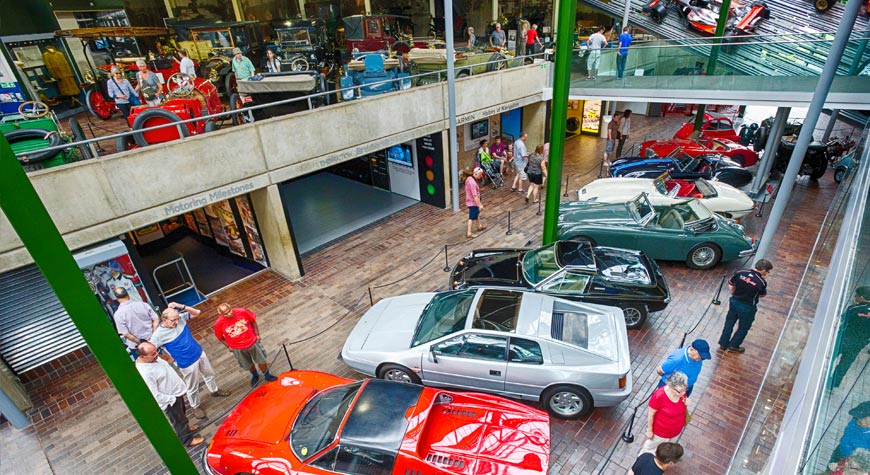
- The Story of the Tyre. Starting in the 1800s, discover the history and development of tyres. Sponsored by Dunlop.
- History of Navigation. An interactive adventure leads you through the milestones and innovations that shaped the way we travelled Britain through the centuries. Sponsored by Garmin.
- Braking with History. Driven by the progress in vehicle development and demand for safety, brakes have come a long way since the early days of wooden bricks. Sponsored by TMD Friction.
- Motoring Milestones. Tells the story of the Guild of Motoring Writers from its inception in 1944.
- John Montagu Memorial. Dedicated to John, second Lord Montagu of Beaulieu, whose life’s work on behalf of mechanised transport inspired the foundation of the National Motor Museum.
- Shell Heritage Art Collection. See work from one of the most important collections of commercial art in Britain. Find out more about the Shell Heritage Art Collection.
- Caravan and Motorhome Club. Discover the unique story of the Club and the caravan and motorhome industry. Visit the Caravan and Motorhome Club online.
Driving Change
Head up the central stairs and turn left to reach your final stop in the National Motor Museum, Driving Change, to explore how automotive technology has developed and consider where technology might take us in the future.
Topics explored include vehicle design, engineering, materials, alternative propulsion, safety and car crime – and you can even meet a talking crash test dummy!
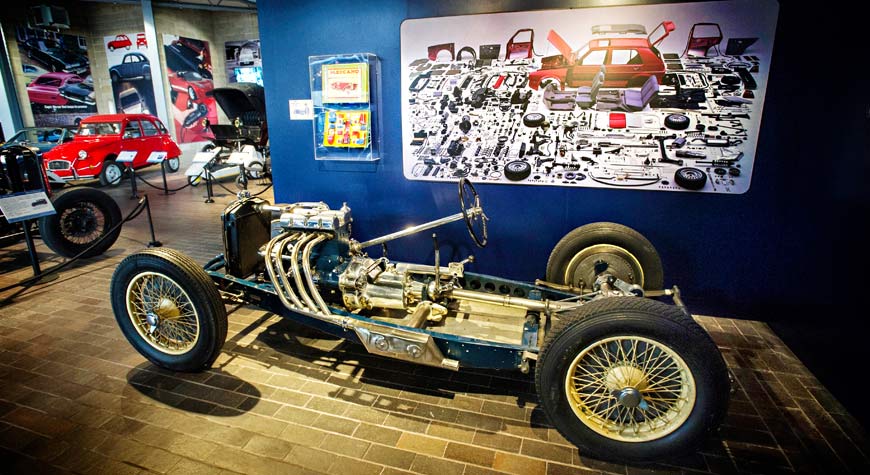
- 1934 Crossley Burney Streamline. Featuring a rear-mounted engine and futuristic styling, the Crossley Streamline marked a huge advance in automotive design.
- 1943 Willys MB Jeep. The ancestor of the modern off-road four-wheel-drive or sports utility vehicle. This example took part in the Normandy landings of June 1944.
- 1948 Land-Rover RO4 pre-production prototype. One of the oldest surviving Land-Rovers.
- 1964 Peel P50. The micro-car designed to tackle the problem of city congestion.
- 1966 Austin A40 Countryman. The forerunner of the modern small hatchback.
- 1981 Volkswagen Golf GTi. The car that pioneered the ‘hot hatchback’ concept.
Lunch
Time to refuel! Head to the Brabazon Restaurant for lunch, where you can choose from a range of hot and cold food, sourced where possible from the Beaulieu gardens.
Alternatively, take the short walk to our adventure playground, Little Beaulieu, with its under-cover picnic benches. Bring your own food or enjoy a light snack from the café while the kids let off steam.
There are also plenty of benches dotted around the grounds if you’d like to enjoy your picnic in the tranquillity of the parkland.
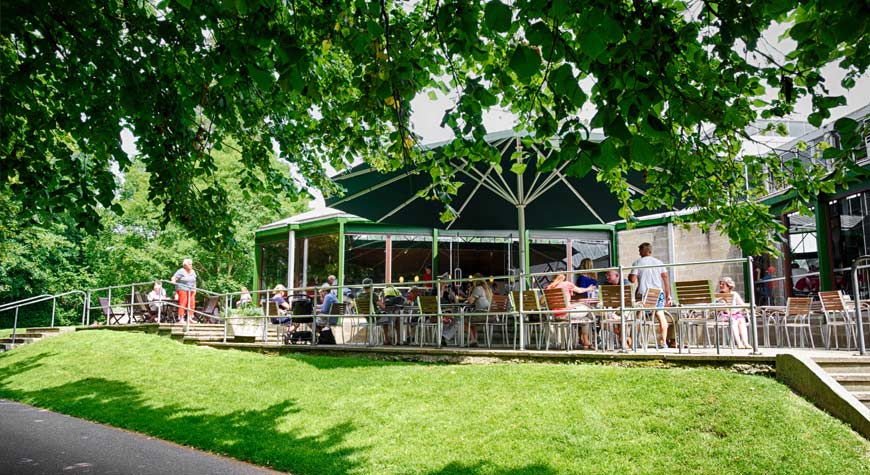
World of Top Gear
The challenge cars which were battered, modified and generally ruined on the world’s biggest car show have found a new home at Beaulieu in the World of Top Gear!
Step inside the Top Gear Enormodrome to experience what it feels like in the Top Gear studio, then stroll through the Challenge Gallery to see the challenge cars in the condition they were left after filming.
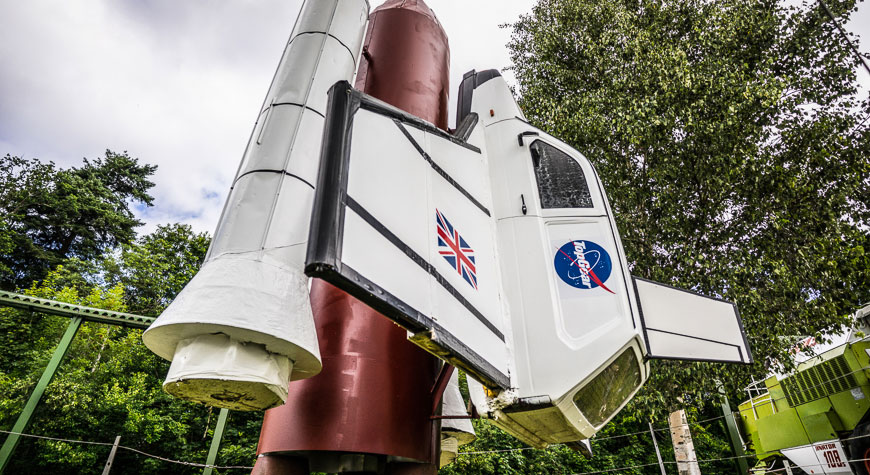
Outside, test your driving skills with remote-control model cars on a scaled-down version of the Top Gear Test Track (extra charges apply).
On Screen Cars
The glitz! The glamour! Next to World of Top Gear you’ll find star cars from the film and TV in On Screen Cars.
This ever-changing exhibition features favourites such as Mr Bean’s Mini, Del Boy’s Reliant Regal and the Jaguar XKR from Bond film, Die Another Day.
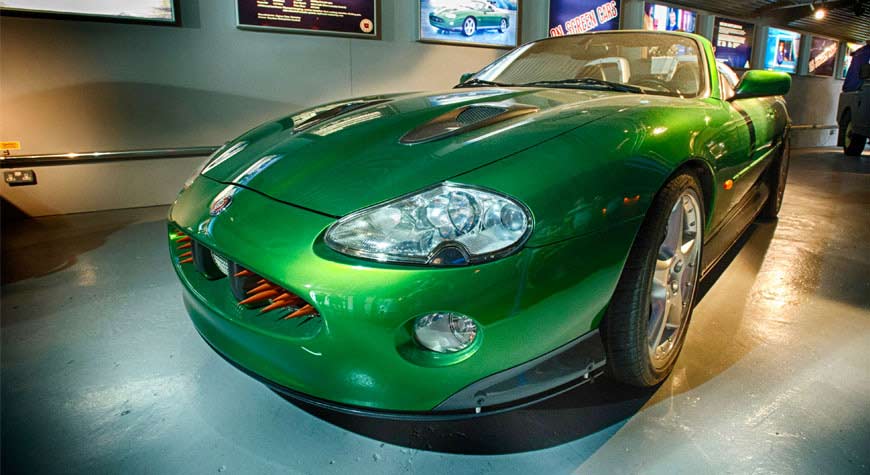
Veteran Bus
Catch the Veteran Bus from the stop outside the Brabazon Restaurant and enjoy the ride down to Palace House.
This replica 1912 London bus was commissioned by Edward, Lord Montagu, in 1973 and the body was constructed on the chassis of a Ford K Series tipper truck. The finished vehicle recaptures the sights and sounds of early bus travel but is rugged enough to carry countless visitors around the Beaulieu attraction.
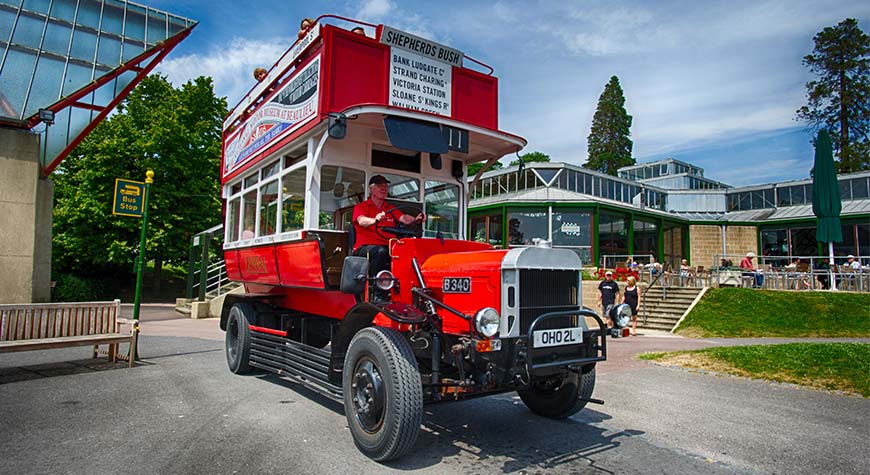
Palace House
No visit to Beaulieu would be complete without a visit to the historic home of the Montagu family, Palace House. Once the home of motoring advocate and pioneer John Montagu, it’s not surprising that this is where the seeds of the National Motor Museum began!
Start your visit in the entrance hall. When Edward, Lord Montagu first opened this historic house to the public in 1952, he displayed five veteran cars in the entrance hall as tribute to his late father, John Montagu. Chat to one of the costumed staff members to discover how they squeezed them in!
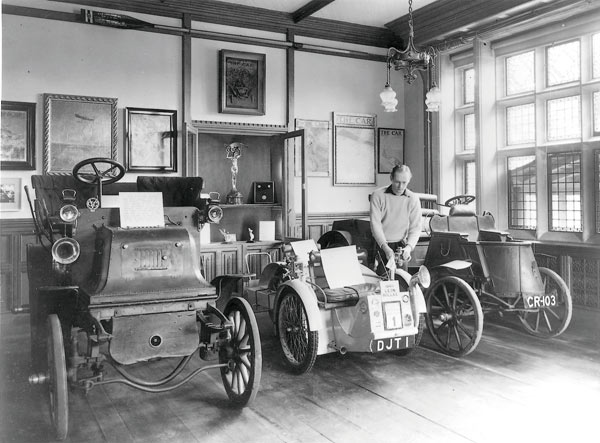
Although the cars are gone, you now can see artefacts from three generations who have lived in the house here, including an early casting of the Spirit of Ecstasy mascot and The Whisper – John Montagu’s personal car mascot.
The entrance hall isn’t the only room that has hosted vehicles… After the house was opened, the collection continued growing and the kitchen was altered to make way for a motorcycle display. Following an extensive restoration in 2017, the kitchen has now been restored to its pre-1952 (and pre-motorbike!) state.
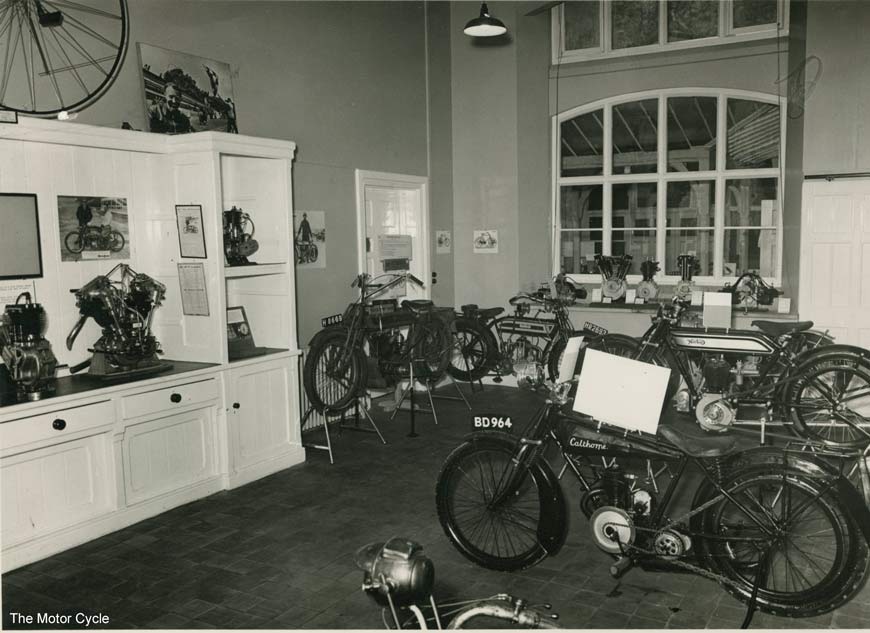
Explore the rest of the house at your leisure to discover more about its history and the people who lived here
Monorail
A visitor favourite! Hop aboard for a bird’s-eye view of the grounds – and a trip through the roof of the National Motor Museum!
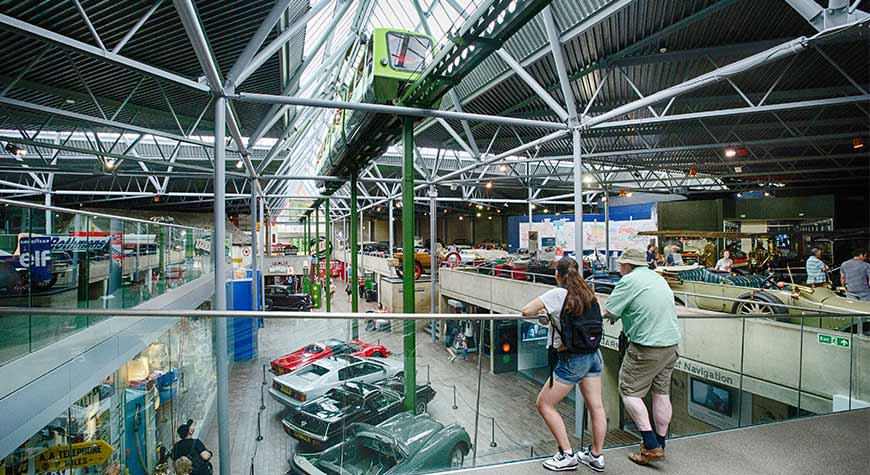
Grounds & Gardens
Stretch your legs before the journey home with a leisurely stroll through the gardens. Successive generations of the Montagu family have made their mark on the grounds, and dotted around the grounds you will see trees planted to commemorate special occasions. The Horse Chestnut avenue, for example, was planted to mark Edward, Lord Montagu’s 21st birthday.
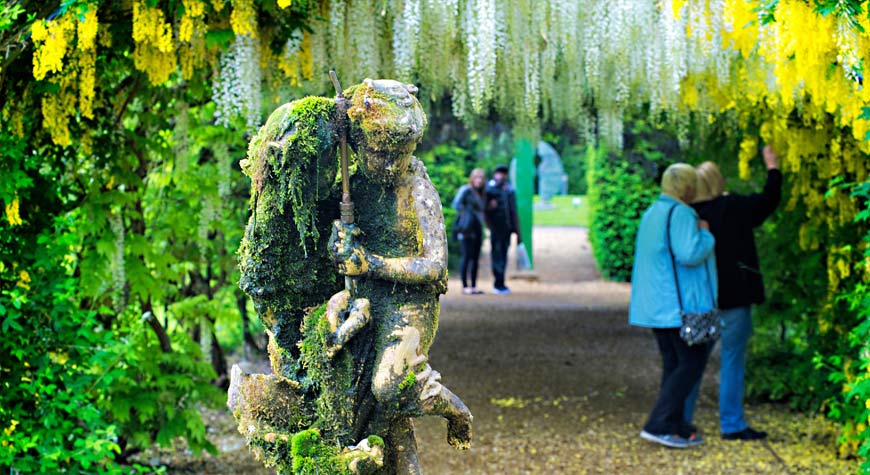
LITTLE BEAULIEU
Accompanied by young car enthusiasts? Head back up the central path towards the National Motor Museum until you spot the soaring wooden turrets of our adventure playground, Little Beaulieu.
The Little Beaulieu roadway will guide you in the right direction to explore the mini garage and get behind the wheels of a wooden car. You can even pose aboard a tractor! Younger tots will love the wooden playbus with a slide from its top deck.
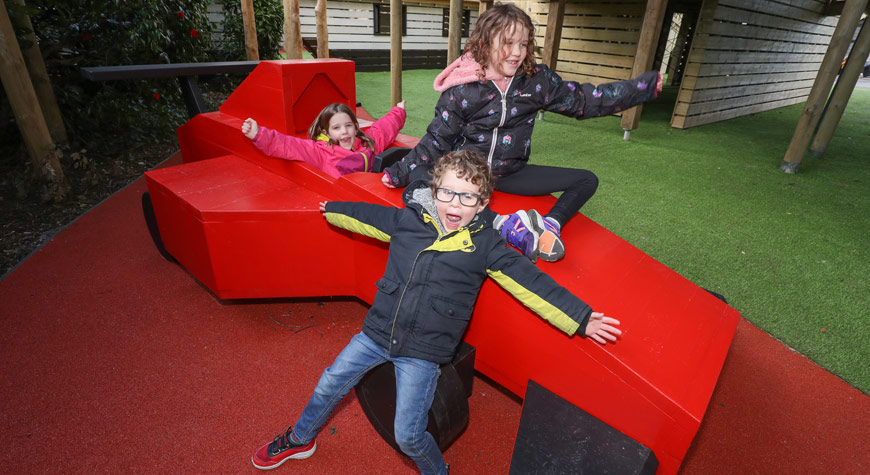
Departure
Pop into the Brabazon Restaurant to refuel before the journey home. Don’t forget to visit the gift shop to browse the range of specialist books and DVDs, which delve into the history of the Montagu family and the story of motoring.
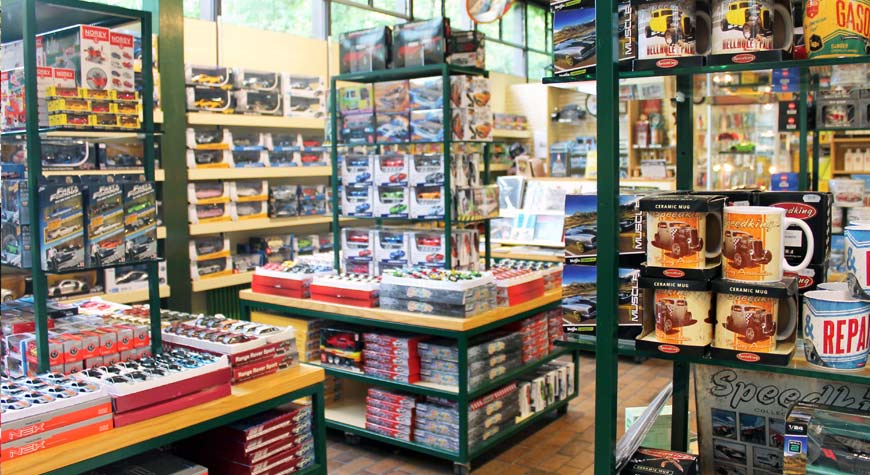
This itinerary is for guidance only. We reserve the right to amend timings without warning as circumstances dictate. Vehicles and exhibits are occasionally removed from display for maintenance, so if you’d like to see something particular please check with us before you visit.
Due to the historic nature of our buildings, some areas of the attraction are unsuitable for wheelchair users. Please see our accessibility page for more details. Our team will be happy to advise on alternative viewing or access points as appropriate.
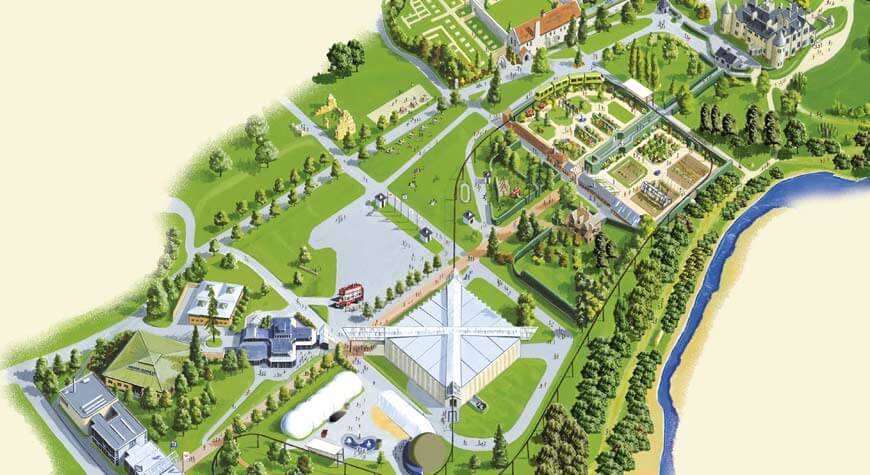
INTERACTIVE MAP
Plan your visit with our interactive map of the Beaulieu complex.
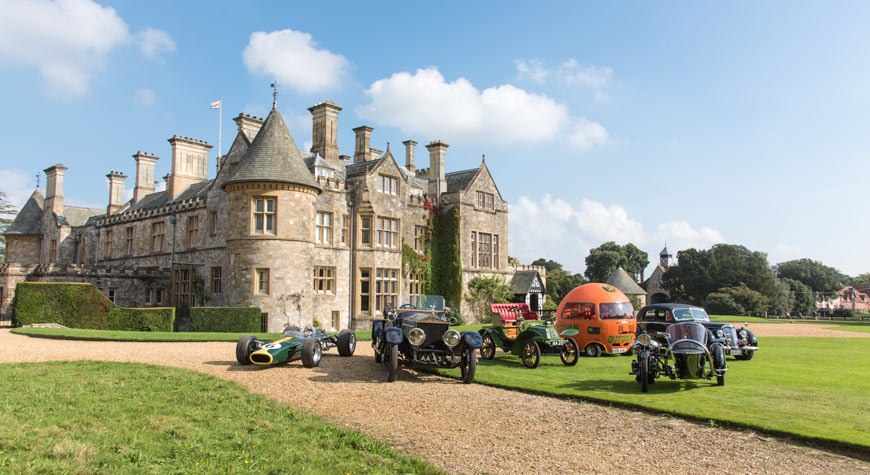
Tickets & Information
Your admission ticket includes entry to all the Beaulieu attractions, including The National Motor Museum, World of Top Gear, Palace House, Beaulieu Abbey and more.
You may be interested in…
Information & Collections
- Vehicle list – explore the vehicles in our Collections and see which ones are on display in the National Motor Museum.
- National Motor Museum Trust – the charity responsible for the governance of the National Motor Museum and its collections.
- Beaulieu100 – an exclusive club for motoring enthusiasts, car collectors and supporters of the National Motor Museum.
